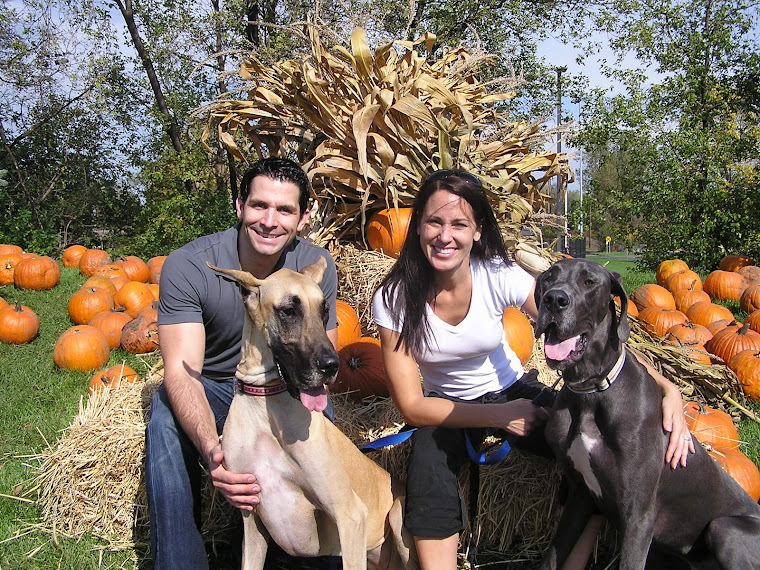Watching the home being built at the end of my street, on the corner of Washburn Ave N and Chestnut (area 7 of Bryn Mawr), it gave me the idea to send along these ideas to help us all live a little more efficiently.
• Check the insulation in your attic, ceilings, exterior and basement walls, floors, and crawlspaces to see if it meets the levels recommended for your geographical area. Remember, about one-third of air infiltrates your home through openings in your ceilings, walls, and floors. If your home is not adequately insulated, have additional insulation professionally installed. For more information, visit www.simplyinsulate.org.
• Install a programmable thermostat. The energy savings will offset the cost of a basic unit in less than a year. Programming your thermostat from 72 degrees to 65 degrees for eight hours a day while no one is home, or while everyone is tucked in bed, will cut your heating bill up to 10 percent.
• Insulate your hot water heater and hot water pipes to save energy and money.
• Insulate heating ducts and keep them in good repair to prevent heat loss. Your system can lose up to 60 percent of its warmed air before it reaches the register, if ducts are not properly insulated in unheated areas such as attics and crawlspaces.
• Cut your energy bills by up to 30 percent with Energy Star-labeled products. Look for the Energy Star label, the government’s symbol for energy efficiency, when replacing your heating and cooling systems – as well as appliances, lighting, windows, office equipment, and home electronics. Find retailers near you at www.energystar.gov.
• Install timers on lights inside your home to avoid coming home to a dark house on winter evenings. Motion detectors on exterior floodlights improve your home security while reducing energy costs.
• Use compact fluorescent light bulbs (CFLs) in place of comparable incandescent bulbs to save about 50 percent on your lighting costs.CFLs use only one-fourth the energy and last up to 10 times longer.
• Install storm windows over single-pane windows or replace them with double-pane windows with low-emissive (low-e) coating. Low-e coating on the glass reflects heat back into the room during the winter months, reducing heat loss by 25 to 50 percent. Look for the Energy Star label to save even more. In cold climates, low-e windows can reduce your heating bills by 34 percent, compared to uncoated, single-pane windows. For more information, visit www.efficientwindows.org.
• A few carefully positioned trees around the house can cut as much as 25 percent off your household’s yearly energy consumption for heating and cooling. Just three strategically placed trees can save an average household between $100 and $250 in energy costs annually.
Monday, August 20, 2007
Subscribe to:
Post Comments (Atom)




No comments:
Post a Comment